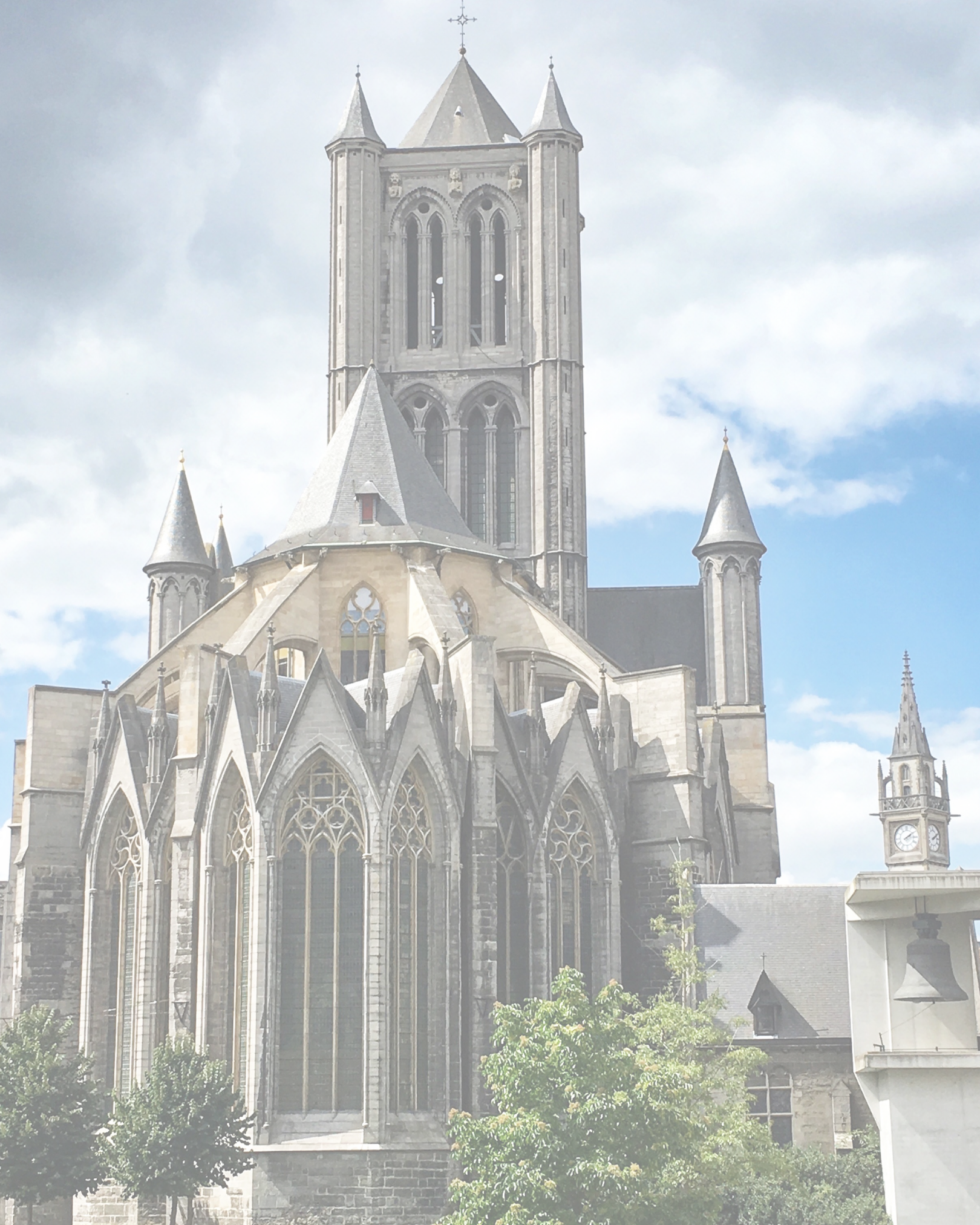
Ghent: The Stolen Masterpiece and the City That Never Gave Up

Written by Edoardo Laudani
When you think of Ghent, what comes to mind? A city of winding canals, medieval architecture, and a university town filled with youthful energy? Yes, but Ghent is much more than that—it’s a place where history and intrigue collide, where a stolen treasure was fought for, and a rebellious bell once rang out against authority. Let’s take a journey into Ghent’s most captivating and lesser-known stories, stories that reveal just how much this Belgian gem has shaped its own destiny.
The Mystery of the Stolen Altarpiece: A Heist That Shocked Ghent
Imagine this: you’re in a city known for its rich artistic heritage, strolling through its stunning Sint-Baafs Cathedral when you stop to admire the Ghent Altarpiece, a breathtaking masterpiece created by the van Eyck brothers in the 15th century. The last thing you'd expect to hear is that the altarpiece, one of the most valuable art pieces in the world, was stolen—not in the 1800s, but in the 20th century.
In 1934, thieves struck the heart of Ghent, stealing the famous altarpiece right from under the noses of the cathedral’s guards. For years, its fate remained uncertain. Was it lost forever? Held for ransom? It wasn’t until 1945, after WWII, that the altarpiece was mysteriously returned, almost like a reward for Ghent’s persistence. And what’s even more remarkable? The entire drama unfolded in a way that could have come straight out of a heist film. The city’s treasure was stolen, fought for, and ultimately brought back—against all odds.
Today, this religious masterpiece still resides in the Sint-Baafs Cathedral, drawing visitors from around the globe to witness its stunning beauty and its dramatic story of loss and recovery.
Rebellious Bells: How Ghent’s Bell Almost Started a Revolution
You might think of bells as peaceful things, simply marking the passage of time. But in Ghent, bells are the stuff of legend—and defiance. Let’s rewind to the 16th century, when the city was under the thumb of the powerful Duke of Burgundy. The citizens of Ghent weren’t the type to go quietly. They had a history of rebellion, and they would do anything to keep their independence, even if it meant fighting for a bell.
Enter the Belfry of Ghent, a towering symbol of the city’s freedom. The bell that once rang from this tower wasn’t just for marking the hour—it was a symbol of Ghent’s power. In 1539, when the Duke of Burgundy seized the bell and carted it off to Bruges, the city’s pride was wounded. The people of Ghent would not stand for it. They fought tooth and nail to get the bell back, and after years of persistence, in 1575, it returned to its rightful home. It rang once more, louder and prouder than ever, signaling Ghent’s unyielding spirit.
And so, the bell of Ghent became more than just an instrument of timekeeping—it was a call to arms, a declaration that Ghent would never be silenced.
Ghent Today: A City That Lives Up to Its Legacy
If you’re planning a trip to Ghent, don’t expect a sleepy, historic town. Ghent may be rich in history, but it’s also brimming with contemporary energy, a city that’s as much about cutting-edge art and culture as it is about medieval architecture. Ghent is a living, breathing testament to resilience, creativity, and rebellion—qualities you can see on every street corner.
• Sint-Baafs Cathedral and the Altarpiece: The Ghent Altarpiece still stands proudly in the Sint-Baafs Cathedral, a must-see for any art lover. Learn about the incredible story of how this treasure was stolen and returned, and see for yourself why it has captivated viewers for centuries.
• Gravensteen Castle: A visit to Gravensteen Castle offers a taste of Ghent’s medieval past, but with a twist. This imposing fortress was once home to the Counts of Flanders, and today it’s filled with interactive exhibits that bring the history to life. It’s a glimpse into the world of knights, kings, and political intrigue.
• The Belfry of Ghent: The Belfry’s bell may no longer be the source of rebellions, but it still rings with significance. Take a climb to the top of the tower for panoramic views of the city, and reflect on how this bell once played a key role in Ghent’s fight for independence.
• Museum of Fine Arts: Ghent’s art scene is thriving today, just as it was during the city’s golden age. The Museum of Fine Arts showcases works from Rubens, Van Eyck, and modern artists. It’s a place where past and present meet in spectacular ways.
• Graslei and Korenlei: Stroll along the Graslei and Korenlei, two of the most picturesque streets in Ghent. Their medieval buildings, lining the water’s edge, offer the perfect blend of old-world charm and modern-day vibrancy.
Why Ghent is a Must-Visit
Ghent isn’t just a city—it’s a treasure trove of history, intrigue, and adventure. From a stolen altarpiece to a rebellious bell, the city’s past is full of remarkable, almost unbelievable stories. And today, it’s a place where the past continues to inspire the present.
So visit Ghent. Discover the city’s most intriguing secrets, explore its artistic treasures, and experience a place where history isn’t just something you read about—it’s something you live.

Related Itinerary: Ghent
Follow Us
Join
Subscribe For more itineraries
Love discovering hidden gems and powerful stories like this? Follow us for more curated itineraries, historic insights, and unforgettable destinations around Luxembourg and beyond. Whether you’re planning your next weekend getaway or just love exploring from your screen, we’ve got countless ideas to inspire your next journey. Adventure is closer than you think—come explore it with us!

